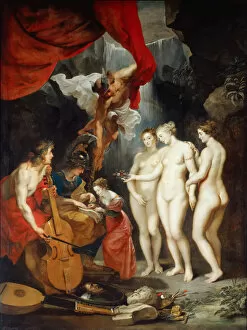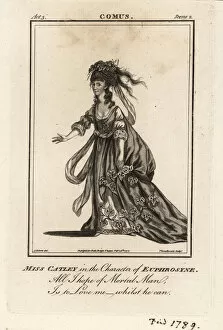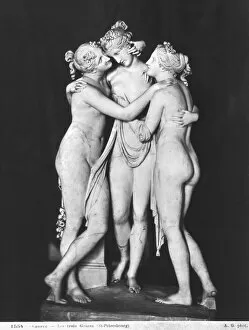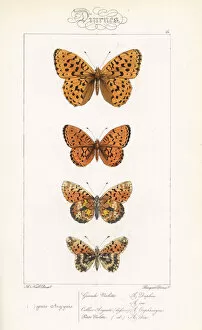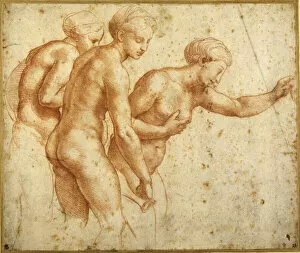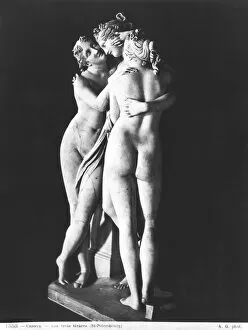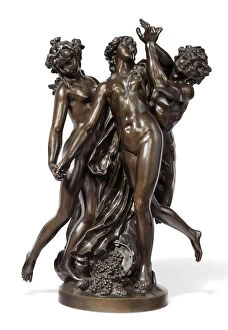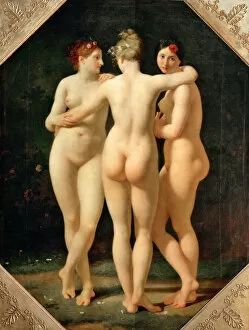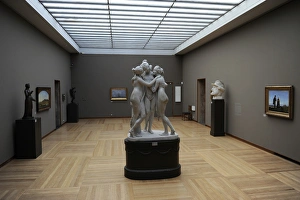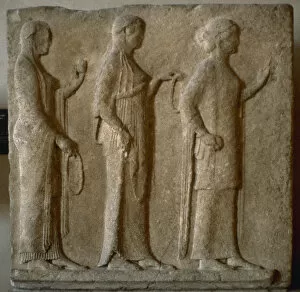Euphrosyne Collection
"Euphrosyne: The Personification of Joy and Beauty" Euphrosyne, one of the three Graces in Greek mythology, represents joy, mirth, and elegance
All Professionally Made to Order for Quick Shipping
"Euphrosyne: The Personification of Joy and Beauty" Euphrosyne, one of the three Graces in Greek mythology, represents joy, mirth, and elegance. Often depicted alongside her sisters Thalia and Aglaea, she embodies the essence of beauty and happiness. In art history, it has been immortalized by renowned artists like Pieter Paul Rubens and Antonio Canova. Rubens's masterpiece "The Education of the Princess" from his Marie de Medici Cycle showcases Euphrosyne as a symbol of grace and refinement. Canova's sculpture "The Three Graces" captures their ethereal charm with intricate details that mesmerize viewers. Throughout centuries, Euphrosyne's allure has captivated audiences worldwide. Her presence can be felt in various forms - from frescoes discovered in Pompeii to marble sculptures created during the early 19th century. Even beyond visual arts, it has inspired other artistic expressions. In John Milton's play Comus, actress Miss Ann Catley embodied the character at Covent Garden Theatre in 1772. Her portrayal brought forth an enchanting blend of innocence and radiance on stage. Beyond artistry lies another association with the name Euphrosyne - clipper ships named after this mythical figure. These vessels sailed across oceans with gracefulness reminiscent of her divine presence. Just as butterflies flutter through meadows spreading joy with their vibrant colors, so do Fritillary butterfly varieties remind us of Euphrosyne's spirit – delicate yet exuberant. Euphrosyne continues to inspire awe through her timeless representation as a beacon for joyous living. From ancient mythologies to modern interpretations across different mediums, she remains an eternal reminder that true beauty lies within embracing life's pleasures wholeheartedly.

